The jewel in the crown of Moroccan cuisine – although couscous, crispy pigeon b'stilla pies and those sticky sweet date pastries also deserve a look-in – the tagine is a stew that takes its name from the heavy earthenware pot in which it is slow cooked, traditionally over an open fire, or bed of charcoal.
Tagines can be cooked up from almost anything – lamb and chicken remain the most popular, but beef, goat and even camel turn up tagined these days (and you can also make something intriguingly named a Berber omelette in one, should you so desire).
What they all have in common is low, slow cooking – I have chosen chicken tagine with olives and preserved lemons, described by Claudia Roden as "the best-known Moroccan chicken dish", purely because I'm hoping spring will finally spring some time soon, and such Mediterranean flavours will seem more fitting than a heartier beef and prune number.
A note – in Morocco, tagines are generally served with bread, couscous being a dish in its own right. Both are, in my opinion, equally good at mopping up any sauce, so you should feel free to do as you please.
The tagine
Eagle-eyed readers will already have observed (and possibly commented) on the fact that I am not using a traditional tagine pot to make my recipe. I considered investing in one, giddy at the thought of how beautiful it would look in the kitchen, but then I read Paula Wolfert, perhaps the foremost English-language authority on Moroccan cooking, say that "the shallow bottom is most important for braising meat for a 'tagine' … You use less liquid than in a deep casserole and the sauce emerges intense in texture and flavour."
Yes, a proper tagine would be ideal for this recipe, mainly thanks to the flavours apparently produced by the traditional unglazed earthenware, but my aim in this column is always to produce a great version of the dish that is workable in your average British kitchen. So if, like me, you don't have a tagine, any wide, shallow pot with a tight-fitting lid will do the trick.
Meat
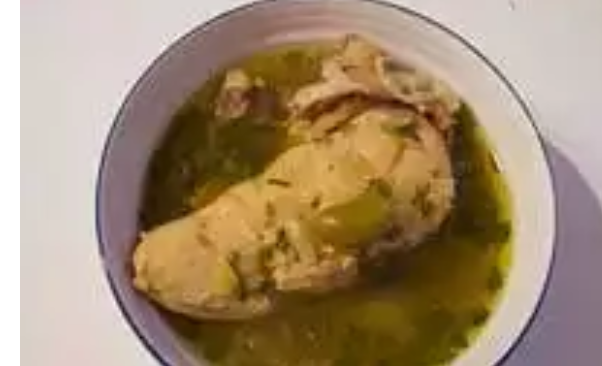
Chicken breast, as suggested by Algerian restauranteur Mourad Mazouz and Sydney-based Moroccan chef Hassan M'Souli is too dry for this dish, and breasts on the bone take a long time to cook through, though they do give a better flavour. If you're cooking for a variety of tastes, I'd recommend buying a whole chicken, as Claudia Roden suggests in Arabesque, and jointing it yourself, but otherwise, chicken thighs provide a decent amount of meat, while the bones add depth and flavour to the gravy.
Vegetables
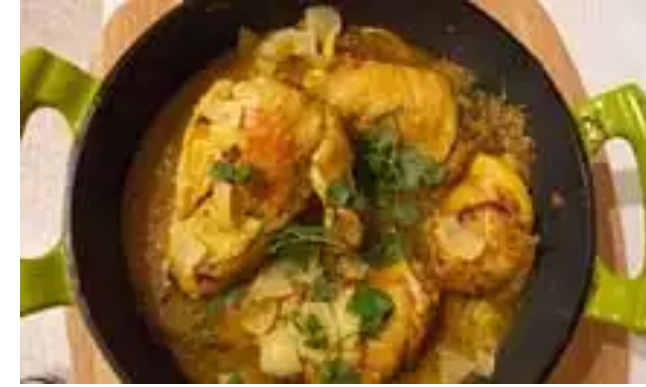
Onions are a must in a tagine, and using them as a bed for the chicken, as the late-lamented Gourmet magazine and M'Souli suggest, is a clever idea, preventing the chicken from sticking to the base of the pan. To make this bed more substantial, it's helpful to cut them into thin strips, rather than grating, as in Roden's recipe – the slim crescents are also visually rather pleasing alongside the slivers of preserved lemon and the bulbous purple olives.
Most recipes use standard yellow onions, but I'm sold on Gourmet's red variety, which lend a lovely sweetness to this savoury dish. Tomatoes, as used by Hassan M'Souli, seem wrong here, however: their fruity acidic flavour spoils the purity of the sourness of the lemons and saltiness of the olives. M'Souli's potatoes seem even more out of place, their starchy bulk weighing down the tagine.
Spice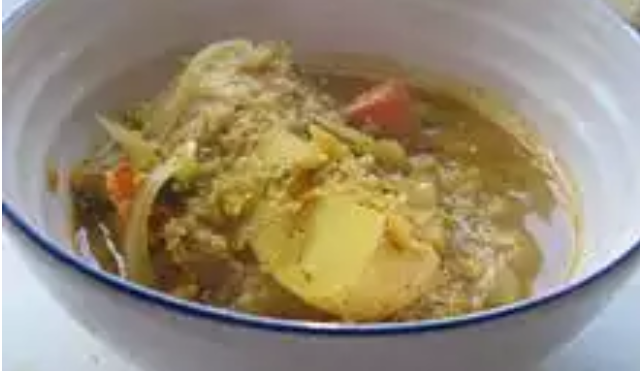
I'm always happy to break out my fancy ras el hanout spice blend, but in Mazouz's recipe it seems like too much spice, especially in contrast to the clear flavours of Roden's tagine. Using just ginger and saffron, as she does, allows the flavour of the chicken to really shine through – even the vibrant yellow turmeric in Gourmet 's version seems unnecessary given the saffron. Despite my "keep it simple" mantra, I can't resist the pinch of cinnamon they also put in, which serves to underline the sweetness of the slow-cooked onion.
M'Souli soaks his chicken in a chermoula, the punchy North African marinade made from onions and spices, then adds more to the pan during cooking. It's delicious, but completely changes the character of the dish, thickening the gravy and adding a confusing number of different flavours, which I can't warm to having tasted Roden's magnificent effort.
Fresh herbs are vital here: I'm going to add generous amounts of coriander and parsley to the dish itself, then pile on even more coriander before serving – it adds yet more freshness.
Liquid
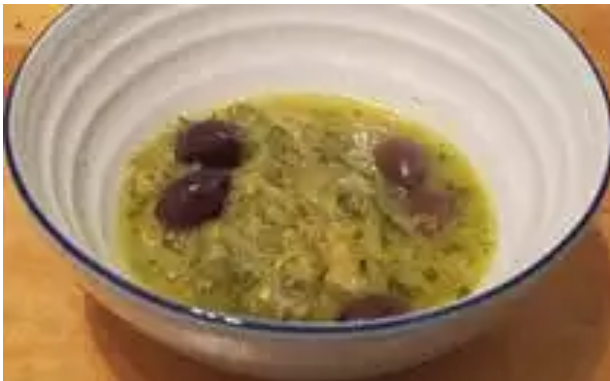
Like any stew, a tagine needs some liquid in which to slowly braise the meat. Mazouz uses far too much, however, making his dish very watery and bland. (I'd note that I have had similar dishes in Morocco itself though, so this may well be a perfectly reputable and authentic style of tagine.) However, I'd maintain that there's no need to cover the meat with water if you have a tight-fitting lid and a low enough heat. Even Claudia Roden's 300ml of water needs quite a bit of reducing before it acquires its intense chickeny flavour. The 175ml suggested by Gourmet produces quite enough well-flavoured sauce, once augmented by the chicken juices and the moisture from the onions.
Olives and preserved lemons
Violet olives seem to work better than the green ones used by M'Souli and Mazouz, which I find too salty-sour in combination with the preserved lemons. There's no need to boil them first, as Mazouz suggests, unless you don't like them – in which case, it's probably best to make something else.
Preserved lemons, which are fairly widely available in the "speciality ingredients" section of supermarkets these days, add a pleasing savoury bitterness to this dish, but they can be overpowering, especially if you use as much of the pulp as Gourmet suggests. Instead, I'm going to concentrate on the peel, adding just enough finely diced flesh to give a little acidity to the sauce.
Chicken tagine with olives and preserved lemons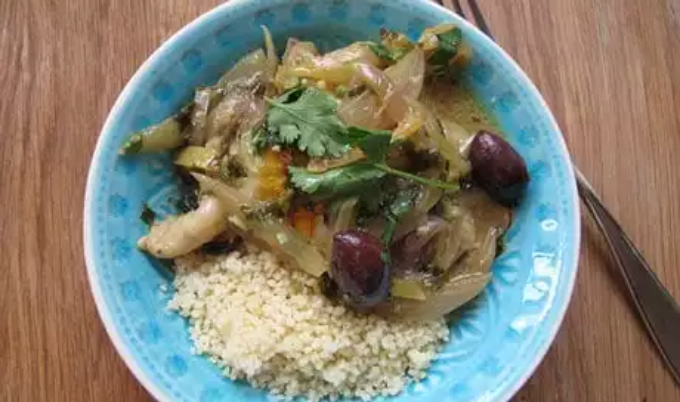
I was just given a tangine last week!! I will definitely have to try this recipe.
I advise you to try it is delicious , have a nice day 😘
Hi! I am a robot. I just upvoted you! I found similar content that readers might be interested in:
https://www.theguardian.com/lifeandstyle/wordofmouth/2013/mar/13/how-make-perfect-chicken-tagine